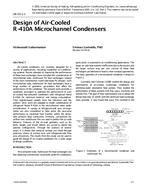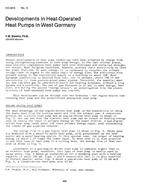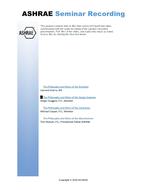Particulate matter (PM) emissions deteriorate the indoor air quality of animal facilities and have been associated with humanworker and animal health problems.PMemissions also affect ambient air quality and cause various environmental issues. Effective PM mitigation measures need to be developed. Anoptimized electrostatic precipitator (ESP) design was evaluated for its cleaning performance forPMemissions from poultry facilities.The study aimed to accomplish the following: (1) determine optimized settings of voltage and air velocity on ESP PM collection, (2) quantify effects of dust concentration, dust type, and operation time on the ESP efficiency, and (3) evaluate the performance of the ESP in an actual poultry facility. A wind tunnel injected by a metered dust feeder was used to simulate dusty air in barns. PM concentrations and size counts were measured using real-time aerosol monitors. Initial ESP performance was examined using response surface methods, which modeled the effect of voltage (9.6 to 13.6 KV) and air velocity (0.8 to 2.2 m/s [157 to 433 ft/min]) on ESP performance very well (R2= 0.8125). The optimized air velocity for the ESP was found to be 1.7 m/s (335 ft/min), while the optimized voltage was 13.6 KV. ESP performance was greatly affected by the type of dust. PM loading of up to 14 mg/m3 (8.7 × 10–7 lb/ft3) had no effect on ESP performance. The total ESP collection efficiency was 89% plus or minus 7% (lab) and 82% plus or minus 6% (field). The efficiency was 86% plus or minus 8% (lab) and 84% plus or minus 5% (field) forPM10 and was88%plus or minus8%(lab) and86%plus or minus5%(field) for PM2.5, respectively. These results showed that ESP technology is a very promising PM mitigation solution for poultryemissions.
Citation: ASHRAE Transactions – Volume 120, Part 1, New York, NY
Product Details
- Published:
- 2014
- Number of Pages:
- 14
- File Size:
- 1 file , 2.6 MB
- Product Code(s):
- D-NY-14-044


